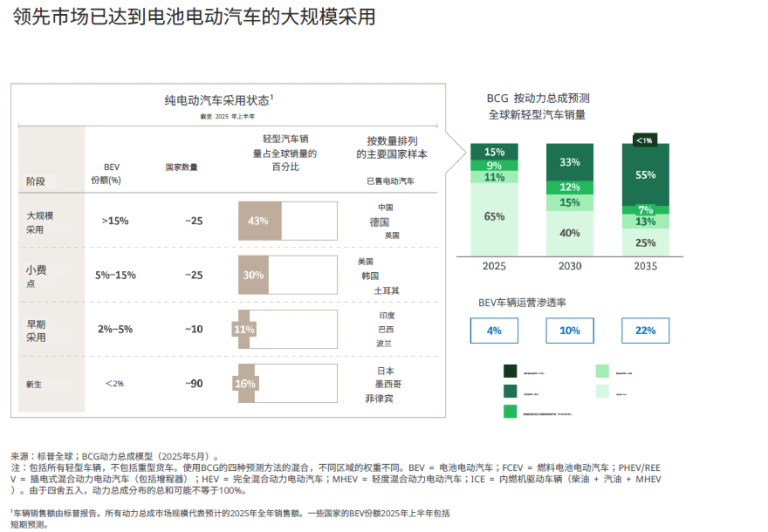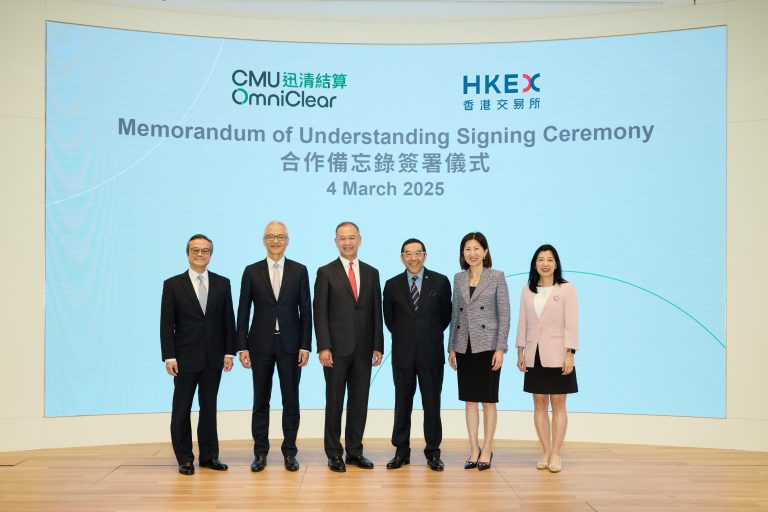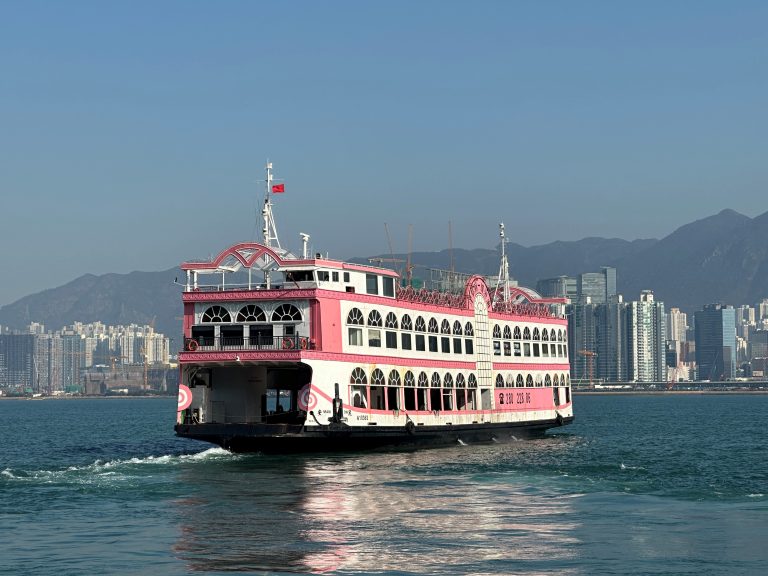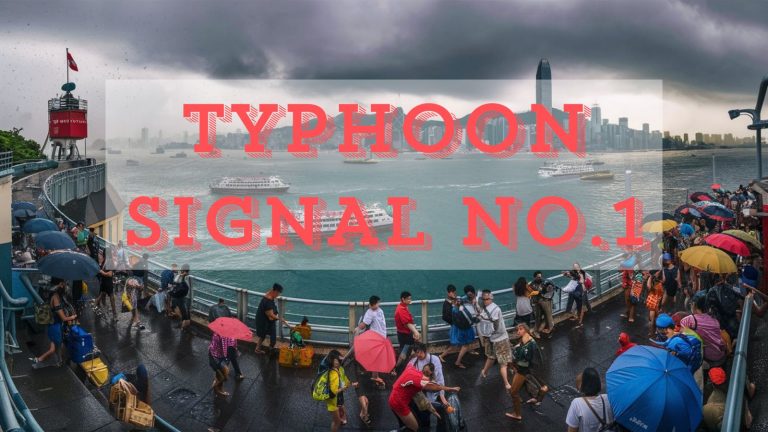Hong Kong’s transportation infrastructure is set to receive a significant upgrade with the upcoming opening of the Yau Ma Tei Section of the Central Kowloon Bypass on December 21. This ambitious project, which began construction in 2017, represents a major leap forward in addressing urban congestion and improving regional connectivity.
Stretching approximately 4.7 kilometers, the new bypass features an impressive 3.9-kilometer tunnel segment that will dramatically transform travel between Yau Ma Tei and Kowloon Bay. Perhaps most notably, commuters can expect a remarkable reduction in travel time, with journey durations shrinking from 30 minutes to just five minutes. This substantial time-saving represents more than just convenience; it’s a game-changer for daily commuters and the city’s overall transportation efficiency.
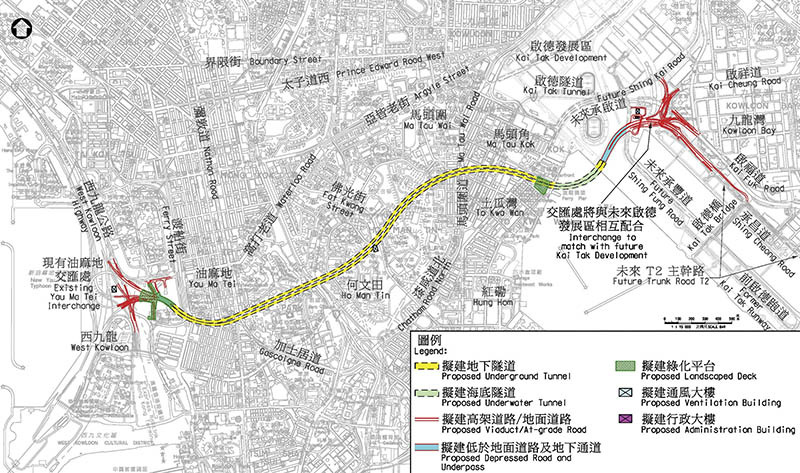
The project goes beyond mere road construction, with comprehensive plans to enhance public transportation. Kowloon Motor Bus (KMB) is preparing to launch two new bus routes that will operate during peak hours. One route will connect Tuen Mun and Kwun Tong, while another will link Tsuen Wan West and Yau Tong. Additionally, Citybus will introduce a new route connecting Lohas Park in Tseung Kwan O with the airport via the bypass, providing travelers with increased mobility and convenience.

The Yau Ma Tei Section is just one part of a larger infrastructure vision. The Central Kowloon Bypass will ultimately include the Kowloon Bay section, known as Trunk Road T2, and the Cha Kwo Ling Tunnel, which is scheduled to open in mid-2024. Once completed, Trunk Road T2 will connect to the existing Tseung Kwan O–Lam Tin Tunnel, effectively finalizing Hong Kong’s Route 6 and creating a more integrated road network.

This infrastructure project reflects Hong Kong’s commitment to modernizing urban transportation. By addressing traffic congestion and creating more efficient routes, the bypass is expected to deliver tangible benefits to both daily commuters and the broader community. The improved connectivity will support economic activity and potentially enhance the quality of life for residents across the region.

The strategic design of the bypass demonstrates careful urban planning. By linking the Yau Ma Tei Interchange to the Kai Tak Development Area, the project creates a more seamless transportation experience. The extensive tunnel system not only reduces travel times but also minimizes surface-level disruption, an important consideration in a densely populated urban environment.
As Hong Kong continues to evolve, projects like the Central Kowloon Bypass represent more than just road construction. They symbolize the city’s ongoing commitment to innovation, efficiency, and improving urban living. With the Yau Ma Tei Section set to open on December 21 and the broader network taking shape, Hong Kong is positioning itself as a model of modern urban transportation infrastructure.
Commuters, travelers, and city planners alike will be watching closely as this significant transportation milestone unfolds, promising to reshape how people move through one of Asia’s most dynamic cities.

